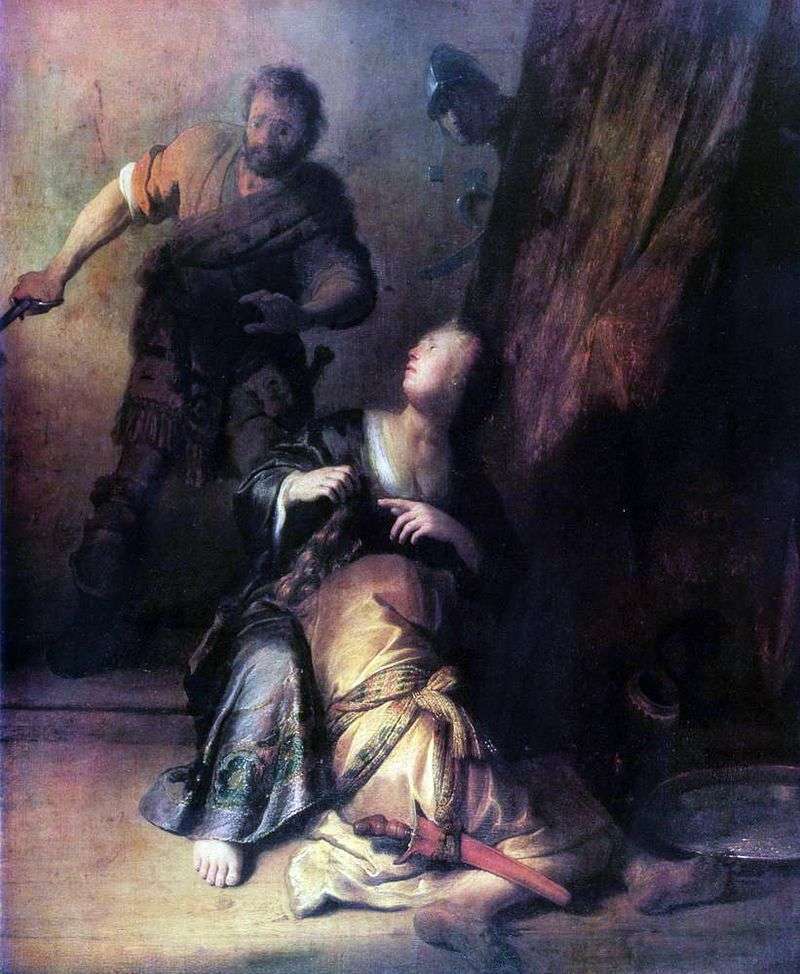
Painting by the Dutch artist Rembrandt van Rijn “Samson and Delilah”. The size of the picture is 61 x 50 cm, oil on canvas. The life story of Samson is set out in chapters XIII-XVI of the Book of Judges. The apocryphal tales of Samson are found in Palle the historical, otherwise called by the first initial phrase, the “Book of the existence of heaven and earth.” In this retelling of the Old Testament history, a special chapter is devoted to depicting the life of Samson.
The main difference between the apocryphal and biblical legends is the explanation of the motive, why Samson revealed the secret of his strength to Delilah: in the Bible, Samson’s love for the insidious Delilah is set as the motive, in Paley – Samson’s drunkenness. Apocrypha of Samson in ancient times were common in Russia. Great Russian epics about Svyatoslav are in obvious connection with the apocrypha about Samson. Dalila is an insidious Philistine, Samson’s beloved.
For his selfless love and loyalty, Delilah repaid him with treachery; by issuing the secret of Samson’s powerful force to his worst enemies, the Philistines. The human image created in his paintings, in his work by Rembrandt, takes shape in the context of the accomplished Dutch bourgeois revolution, Rembrandt absorbs the experience of post-revolutionary Dutch reality, breaking it through the mirror of a deeply personalized gospel.
After beautiful and free, titanic and ideal human images of the great Italians, there is a Rembrandt’s human image permeated by the principles of the Sermon on the Mount: the man himself, entangled in the contradictions of life, but able to make decisions and change, a man associated with the traditions of past centuries, but who, in front of high moral requirements, must manifest himself here and today, in everyday life.
In the center of such an understanding of man is the commandment of love of neighbor, humanity. This is also the future-oriented significance of the human image in the work of Rembrandt. This image, imbued with its own and traditional, ideas and passions, self-esteem and confidence in humanity, as the creation of one person, found its visible expression in line, color and form, which determines the extreme power of the paintings of the artist and all of Rembrandt’s art.
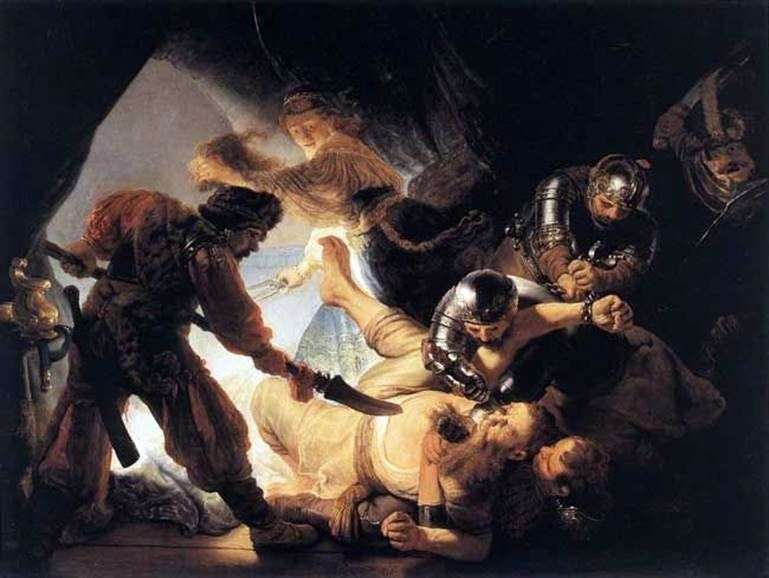 The Blinding of Samson by Rembrandt Harmens Van Rhine
The Blinding of Samson by Rembrandt Harmens Van Rhine Samson et Delilah – Rembrandt Harmenszoon Van Rijn
Samson et Delilah – Rembrandt Harmenszoon Van Rijn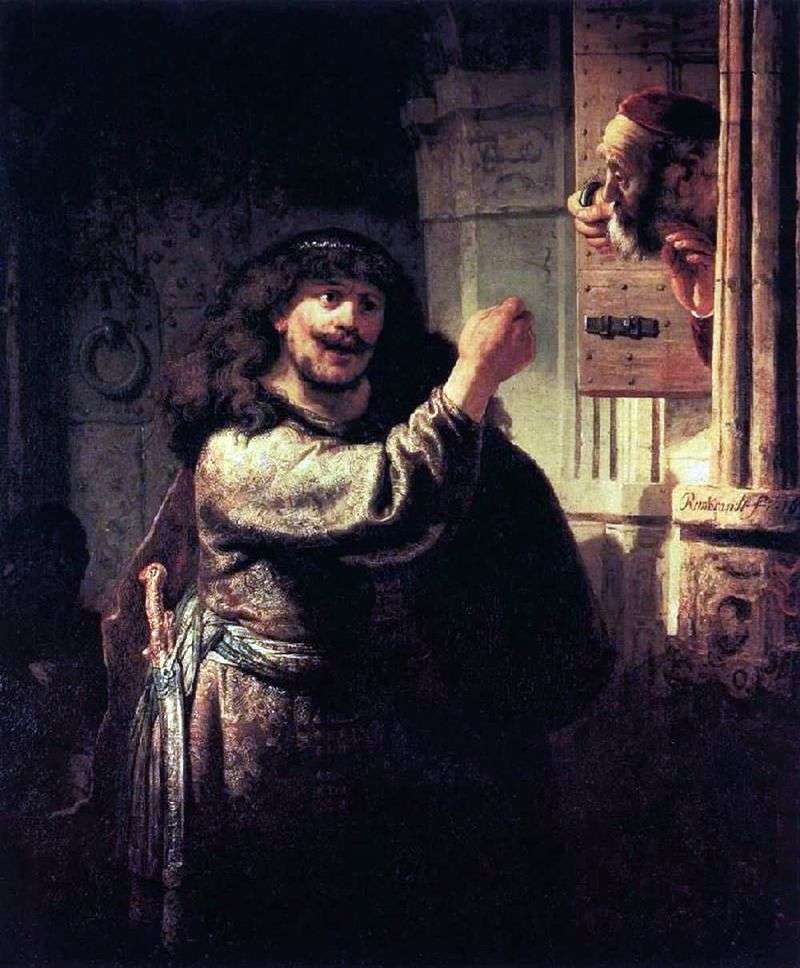 Samson threatens to test by Rembrandt Harmens Van Rhine
Samson threatens to test by Rembrandt Harmens Van Rhine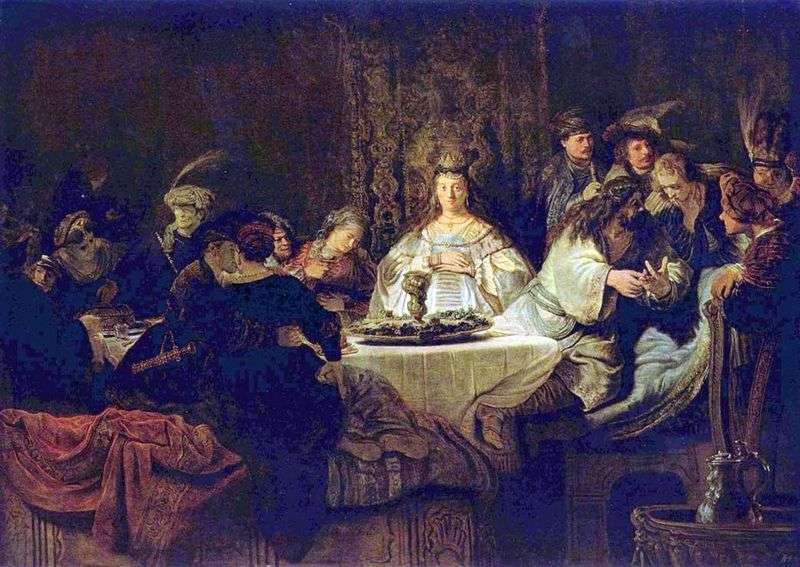 Samson makes a puzzle at the wedding table by Rembrandt Harmens Van Rhine
Samson makes a puzzle at the wedding table by Rembrandt Harmens Van Rhine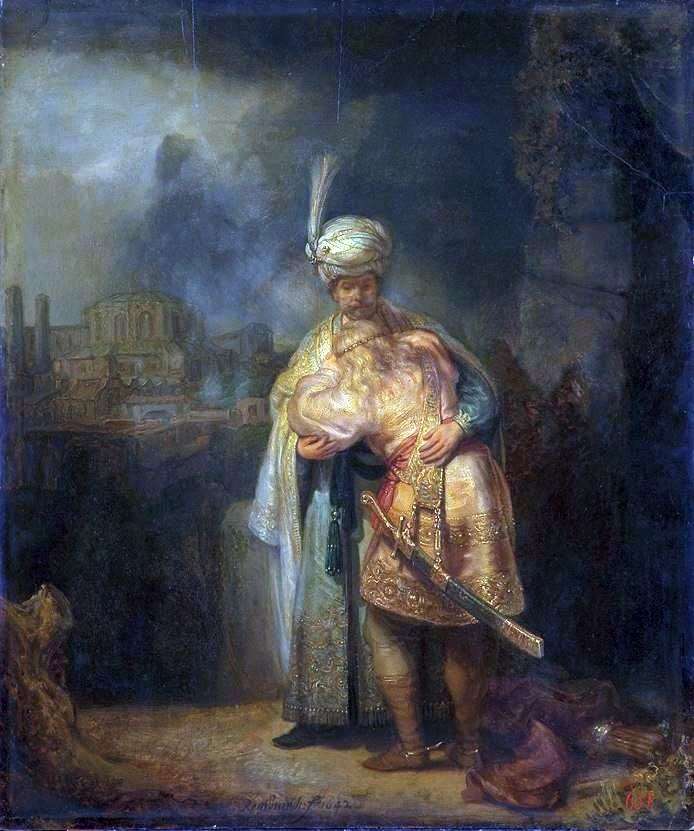 David and Jonathan by Rembrandt Harmens Van Rhine
David and Jonathan by Rembrandt Harmens Van Rhine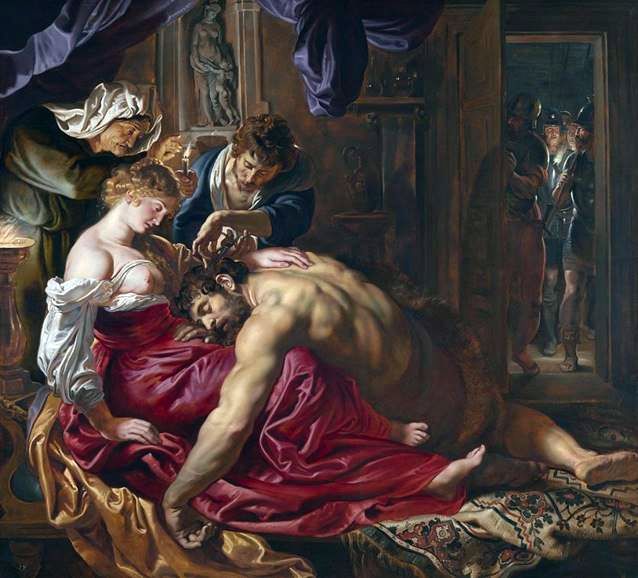 Samson et Delilah – Peter Rubens
Samson et Delilah – Peter Rubens Portrait of Saskia van Eilebürch by Rembrandt Harmens Van Rhine
Portrait of Saskia van Eilebürch by Rembrandt Harmens Van Rhine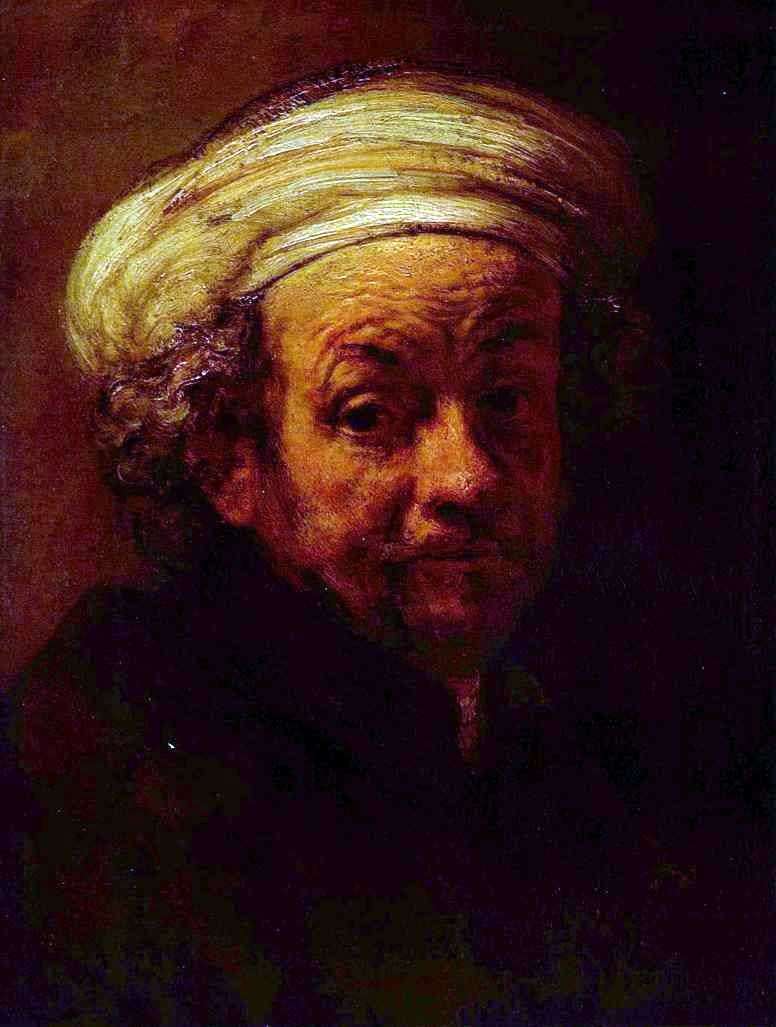 Self Portrait by Rembrandt Harmens Van Rhine
Self Portrait by Rembrandt Harmens Van Rhine